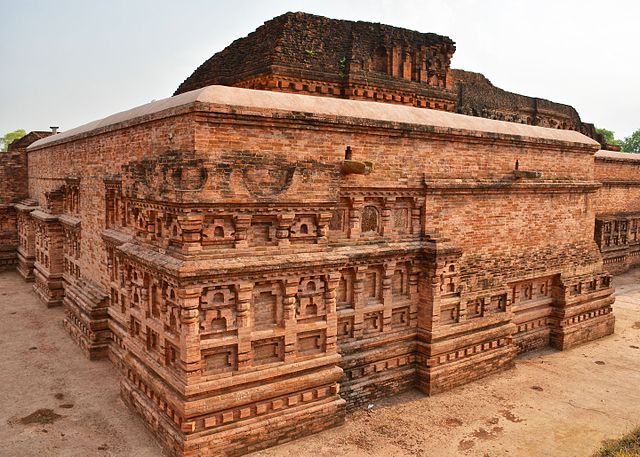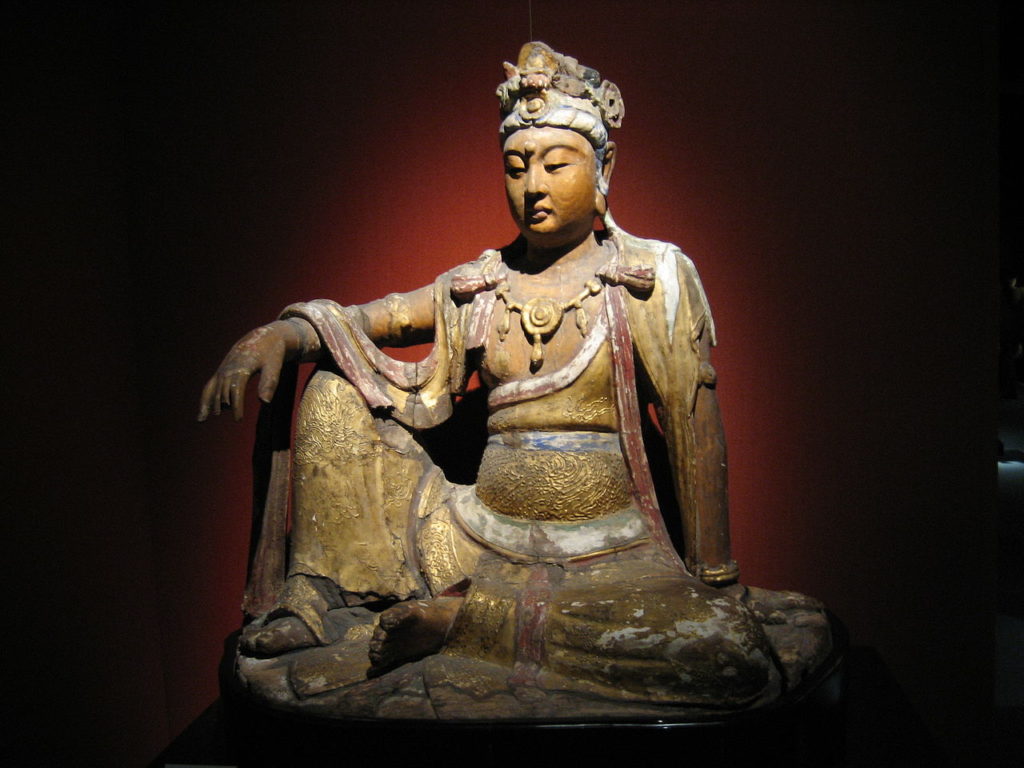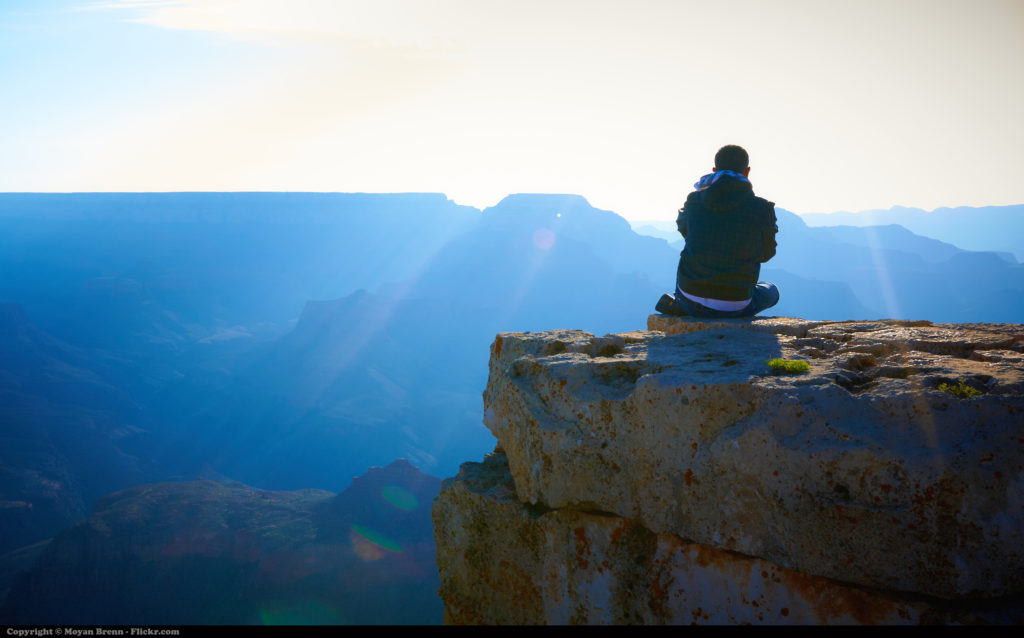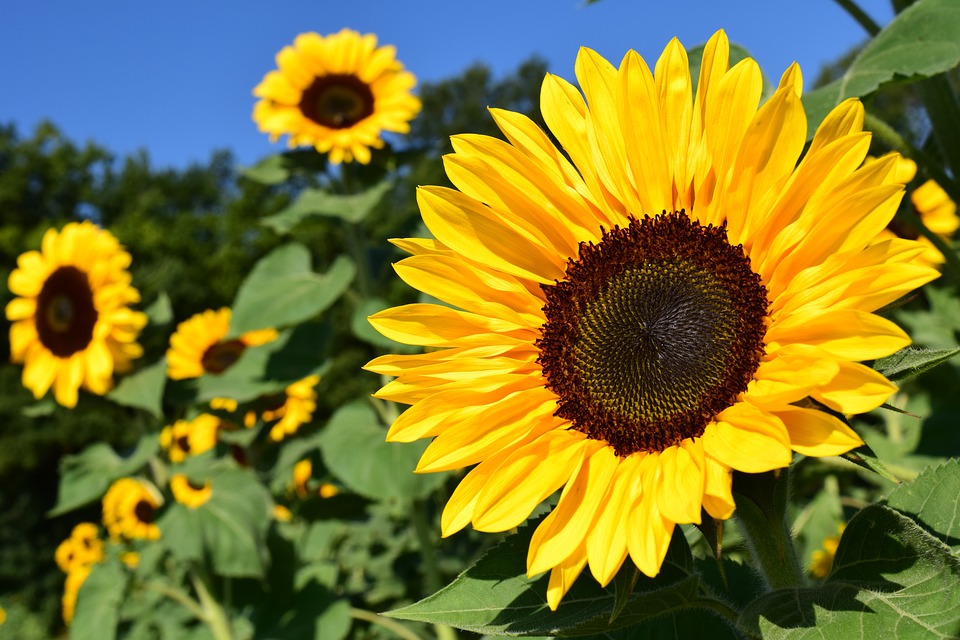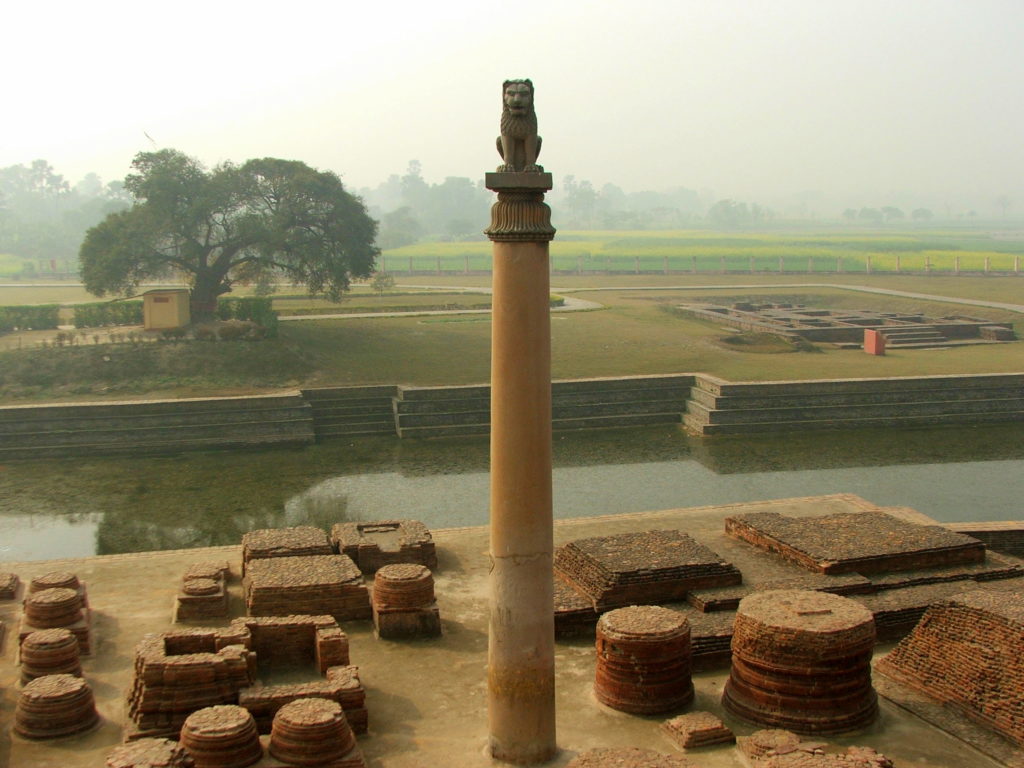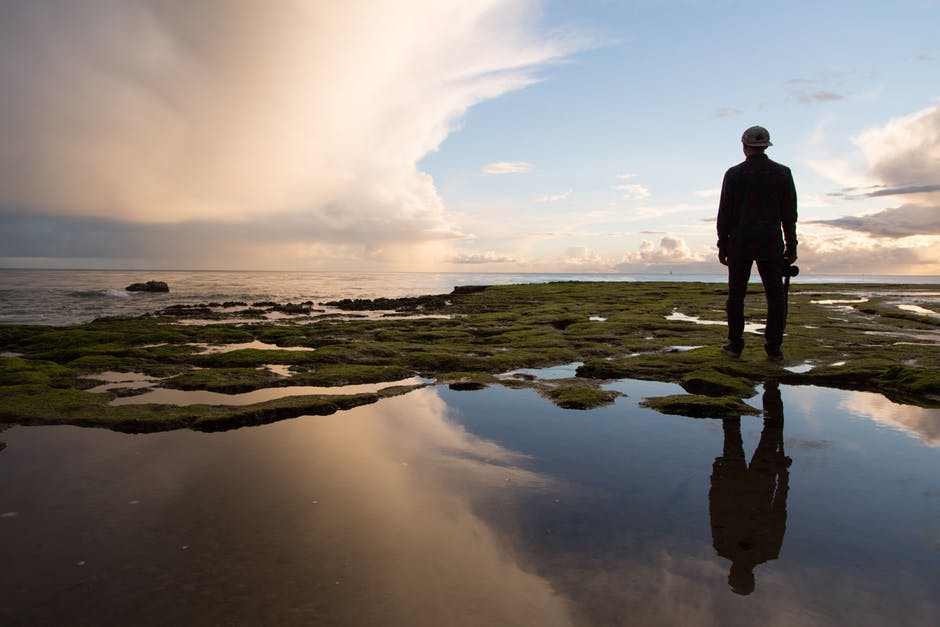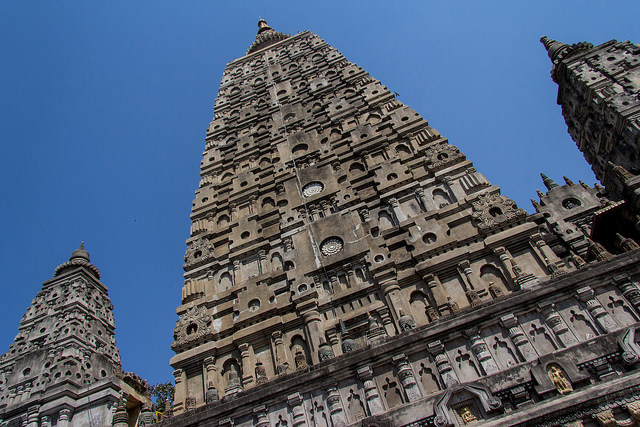You may stumble into the term “Protestant Buddhism,” especially on the Web. If you don’t know what that means, don’t feel left out. There are lots of people using the term today who don’t know what it means, either.
In the context of a lot of current Buddhist criticism, “Protestant Buddhism” appears to refer to a tepid western approximation of Buddhism, practiced mostly by upper-income whites, and characterized by an emphasis on self-improvement and rigidly enforced niceness. But that’s not what the term originally meant.
Origin of the Term
The original Protestant Buddhism grew out of a protest, and not in the West, but in Sri Lanka.
Sri Lanka, then called Ceylon, became a British territory in 1796. At first Britain declared it would respect the people’s dominant religion, Buddhism. But this declaration raised a furor among evangelical Christians in Britain, and the government quickly backtracked.
Instead, Britain’s official policy became one of conversion, and Christian missionaries were encouraged to open schools all over Ceylon to give the children a Christian education. For Sinhalese Buddhists, conversion to Christianity became a prerequisite for business success.
Late in the 19th century Anagarika Dharmapala (1864-1933) became the leader of a Buddhist protest/revival movement. Dharmapala also was a modernist who promoted a vision of Buddhism as a religion compatible with science and western values, such as democracy. It is charged that Dharmapala’s understanding of Buddhism bore traces of his Protestant Christian education in the missionary schools.
The scholar Gananath Obeyesekere, currently an emeritus professor of anthropology at Princeton University, is credited with coining the phrase “Protestant Buddhism.” It describes this 19th century movement, both as a protest and ask an approach to Buddhism that was influenced by Protestant Christianity.
The Protestant Influences
As we look at these so-called Protestant influences, it’s important to remember that this applies mostly to the conservative Theravada tradition of Sri Lanka and not to Buddhism as a whole.
For example, one of these influences was a kind of spiritual egalitarianism. In Sri Lanka and many other Theravada countries, traditionally only monastics practiced the full Eightfold Path, including meditation; studied the sutras; and might possibly realize enlightenment. Laypeople were mostly just told to keep the Precepts and to make merit by giving alms to monks, and perhaps in a future life they might be monastics themselves.
Mahayana Buddhism already had rejected the idea that only a select few could walk the path and realize enlightenment. For example, the Vimalakirti Sutra (ca. 1st century CE) centers on a layman whose enlightenment surpassed even the Buddha’s disciples. A central theme of the Lotus Sutra (ca. 2nd century CE) is that all beings will realize enlightenment.
That said — As explained by Obeyesekere and also by Richard Gombrich, currently president of the Oxford Centre for Buddhist Studies, the elements of Protestantism adopted by Dharmapala and his followers included the rejection of a clerical “link” between the individual and enlightenment and an emphasis on individual spiritual effort. If you are familiar with early Protestantism vis à vis Catholicism, you will see the resemblance.
However, this “reformation,” so to speak, was not with Asian Buddhism as a whole but with Buddhist institutions in some parts of Asia as they existed a century ago. And it was led primarily by Asians.
One Protestant “influence” explained by Obeyesekere and Gombrich is that “religion is privatized and internalized: the truly significant is not what takes place at a public celebration or in ritual, but what happens inside one’s own mind or soul.” Notice that this is the same criticism leveled by the historical Buddha against the Brahmins of his day — that direct insight was the key, not rituals.
Modern or Traditional; East Versus West
Today you can find the phrase “Buddhist Protestantism” being used to describe Buddhism in the West generally, particularly Buddhism practiced by converts. Often the term is juxtaposed with the “traditional” Buddhism of Asia. But the reality is not that simple.
First, Asian Buddhism is hardly monolithic. In many ways, including the roles and relationship of clergy and laypeople, there is considerable difference from one school and nation to another.
Second, Buddhism in the West is hardly monolithic. Don’t assume that the self-described Buddhists you met in a yoga class are representative of the whole.
Third, many cultural influences have impacted Buddhism as it has developed in the West. The first popular books about Buddhism written by westerners generally were more infused with European Romanticism or American Transcendentalism than with traditional Protestantism, for example. It’s also a mistake to make “Buddhist modernism” a synonym for western Buddhism. Many leading modernists have been Asians; some western practitioners are keen on being as “traditional” as possible.
A rich and complex cross-pollination has been going on for more than a century that has shaped Buddhism both East and West. Trying to shove all that into a concept of “Buddhist Protestantism” doesn’t do it justice. The term needs to be retired.
For a well-written and well-informed explanation of this cross-pollination, see The Making of Buddhist Modernism by David McMahan.
